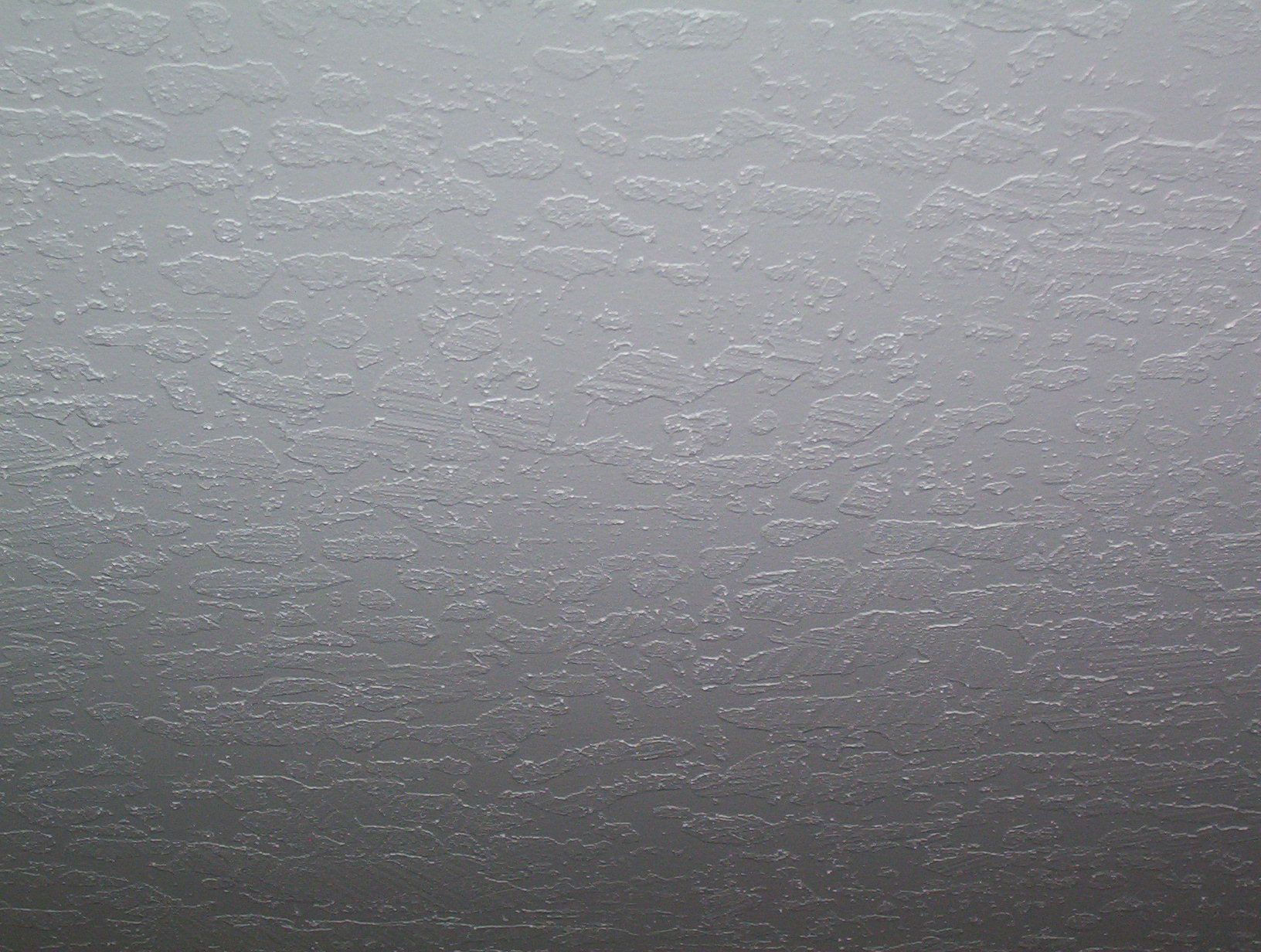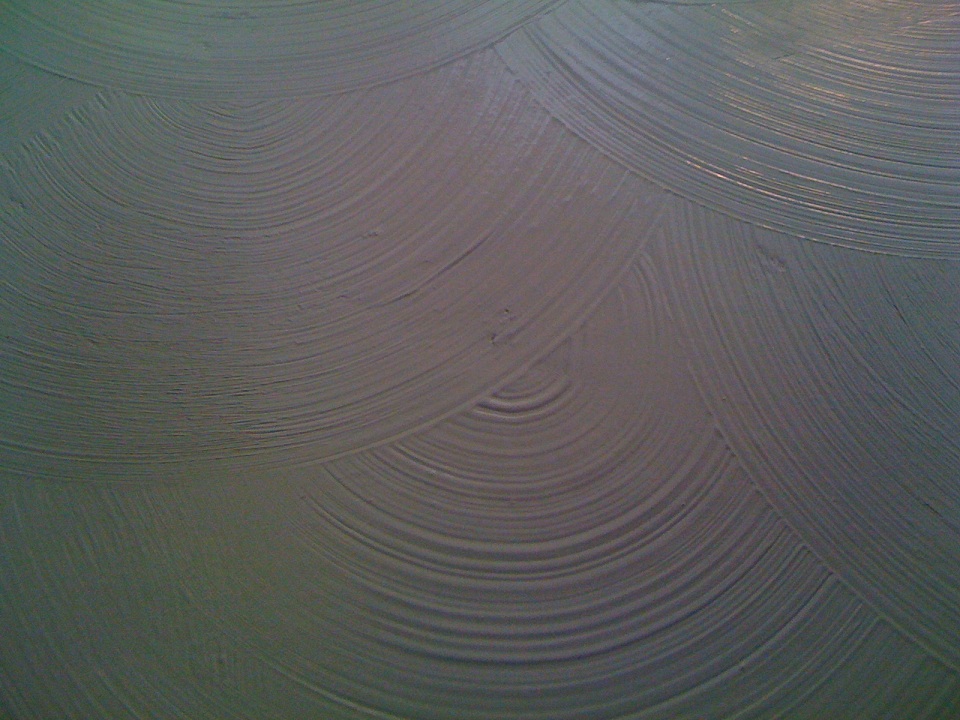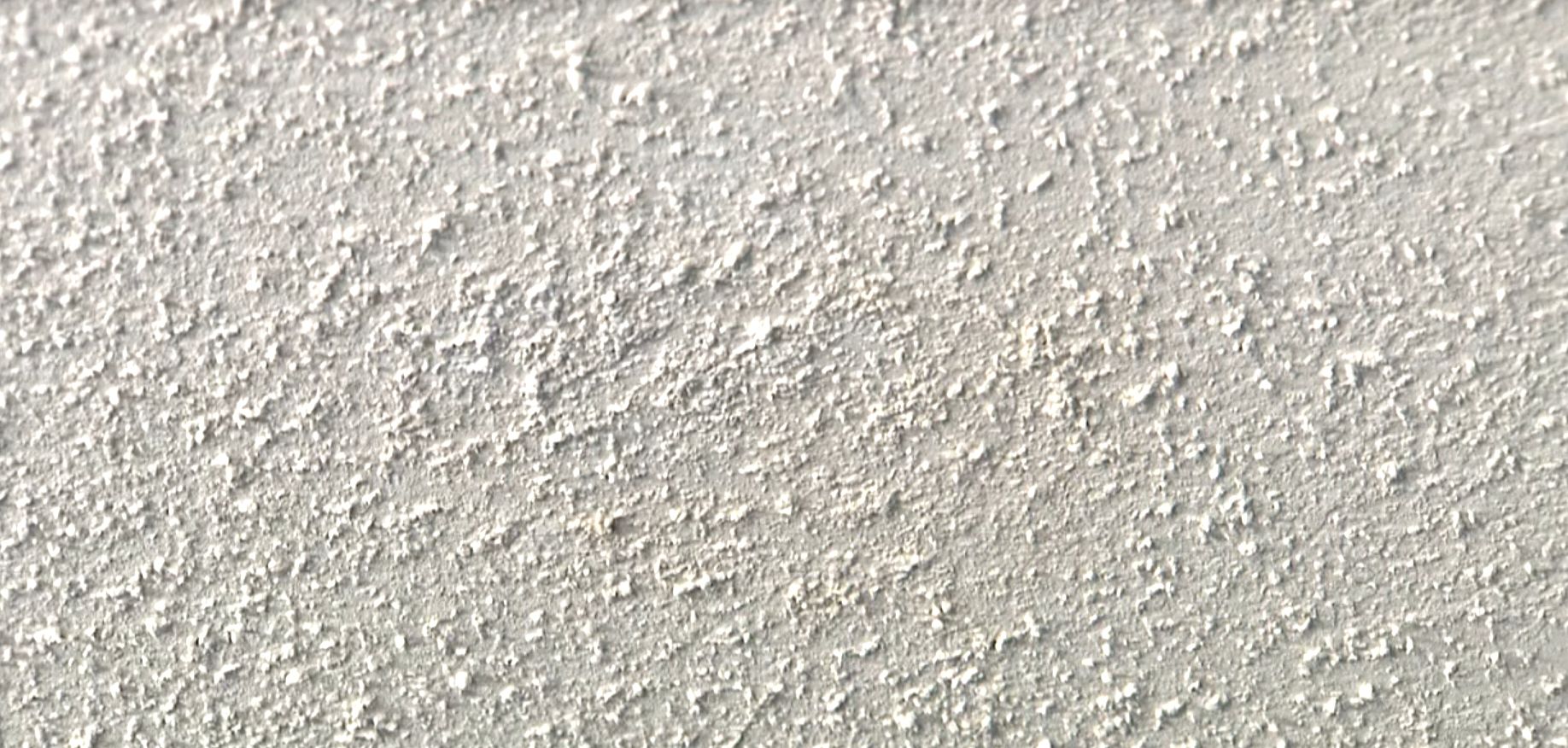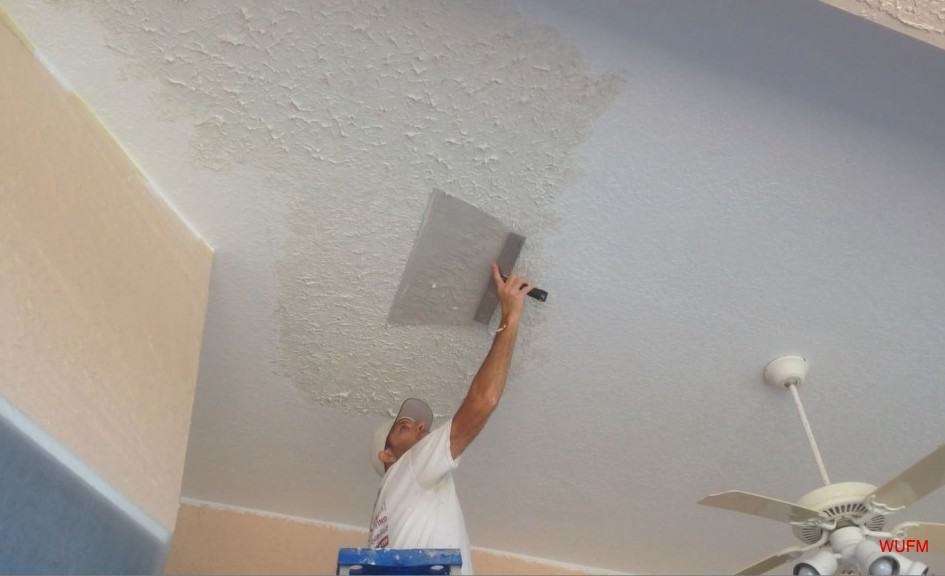It cannot be denied if having a house at this time become one of the symbols of one’s success in financial maturity.
Where often someone who is able to build a beautiful home is considered to have succeeded in becoming a successful individual.
Apart from this, from a psychological standpoint, it has been proven that having a residential house built from decades of work can make one’s self-esteem increase.
Along with the development of the era, there are now many available designs of houses that inspired you in building a private home.
You need to understand that building a house must go through a long planning process. So that later it will produce a sturdy house structure so that it can survive for a long time without meaningful repairs.
One part of the house that you must design correctly is the ceiling. Because the function of the ceiling at home is very important and becomes your main protector in the house.
Therefore, this article will discuss some ceiling texture types that you can apply in your home.
Function of the Ceiling
Before knowing some ceiling texture types for your home ceiling, the first thing you should know is about the function of the ceiling itself.
The following are some of the basic functions of the ceiling in a house, including:
1. Cover the Roof Truss
The first function of a ceiling is to cover the roof truss. In general, a house will certainly have various types of cable circuits that are used for electrical installations or other cable networks.
The cable assemblies are generally placed around the roof truss. The use of a ceiling aims to hide the untidy cable circuit.
So that the cable will be stored in the space between the roof frame and the ceiling. So that your house has a neater appearance.
2. Heat Insulator
The second ceiling function is as a heat insulator. Most people think that just using a roof is able to reduce the heat from the sun.
Though the roof material used is asbestos or galvalume which tends to be thin and wavy so it is less able to reduce the temperature of the heat formed.
The use of a ceiling can be useful as a heat insulator that confines hot air only to the space between the roof and the ceiling. So that the air in the house can be cooler than outside the house.
3. Home Interior Design
The function of the ceiling as a home interior design. In this function, the ceiling can add aesthetic aspects to a residential house.
Because along with the development of the era of ceiling design increasingly diverse. Quite often some designs also have a unique lamp placement. So it is very supportive of modern home design.
4. Can Be Used as a Silencer
The next ceiling function is that it can be used as a silencer. Along with the development of the era now available ceiling design that can be used to muffle the sound in the house.
So that the atmosphere in the house will feel more comfortable and not disturbed by noise from outside the house.
Usually, the ceiling is used to reduce sound using materials that resemble foam or carpet on the surface.
Different Material of Ceilings
After knowing the function of a ceiling, the next thing you should know is about the characteristics of each material commonly used in the manufacture of ceilings.
The following are several types of ceilings that are differentiated based on the material used, including:
1. Plywood ceilings
Is one type of ceiling that is most commonly found in every home. This ceiling is most preferred because of its affordable price and lighter material, making it easier to install.
The advantage of this ceiling is that you don’t need to worry when you have to install a ceiling adjacent to an electrical installation because the material used is made entirely of wood.
But on the other hand, this plywood ceiling has a deficiency in terms of aesthetics. Because in general the connection between the ceilings can be clearly seen.
2. Gypsum Ceiling
Along with the development of the design of the gypsum, ceiling house has now begun to be in great demand because the material used also varies from metal to wood.
This gypsum ceiling is aesthetically pleasing to look at because the connection between the ceilings is not very visible. In addition, the ceiling shape can be adjusted to your liking or the design of your roof.
Because the structure of the gypsum ceiling is easier to form. So you can make various forms like a dome, drop ceiling, and so on.
But on the other hand, the gypsum ceiling is easier to damage because it has properties that absorb water. So that regular maintenance is needed to maintain the strength of this ceiling.
3. Bambu Woven Ceiling
Is one of the most popular types of ceiling materials, especially in Indonesia. Because the use of this ceiling can give a traditional impression to a residential house.
This ceiling has advantages which can last longer and also do not require difficult maintenance. In addition, the affordable price and beautiful woven patterns make this ceiling more marketable.
Ceiling Texture Types
After knowing the basic functions of a ceiling and also the type of ceiling, the next thing you should know is about ceiling texture types because it can add an aesthetic impression to the room in your home.
Here are some types of textures that can be adjusted to the theme of your home, including:
1. Skip Trowel

It is one of the most widely used ceiling texture types because of its texture which can blend with various types of furniture. To create the Spanish skip trowel or knockdown texture using plaster and plaster.
2. Swirl

This texture types ceiling is very suitable for those of you who have a house with a Mediterranean design. This circle-shaped texture can describe the atmosphere of the coast especially if you use the light gray color.
To form this texture on your ceiling, simply use a sponge that is moved in a twist.
3. Spray Sand

This one type of texture ceiling is very suitable to be used to decorate the ceiling in the garden behind your house. Because the texture that resembles sand increasingly makes your home blend with the surrounding environment.
To make this texture very easy where you only need to mix some basic ingredients such as mud with certain liquids to get the right consistency to spray on the ceiling.
Thus the article that discusses the ceiling texture types, hopefully, can provide useful information for you.
